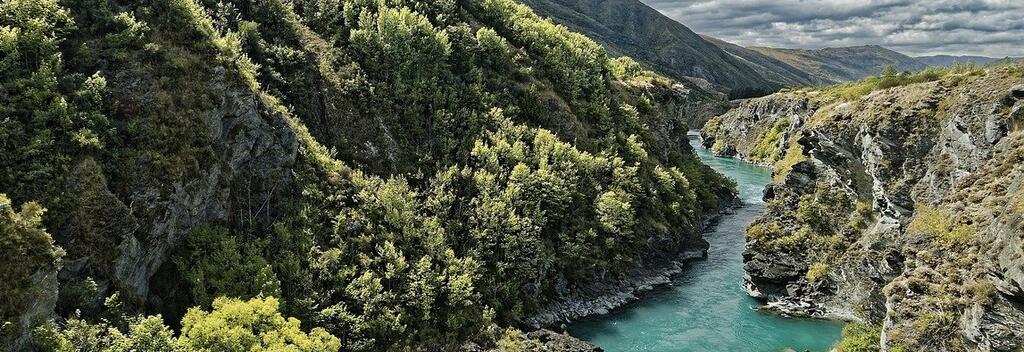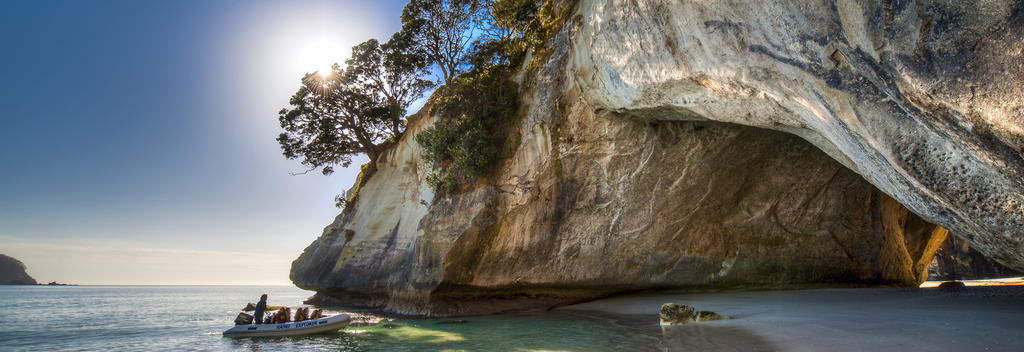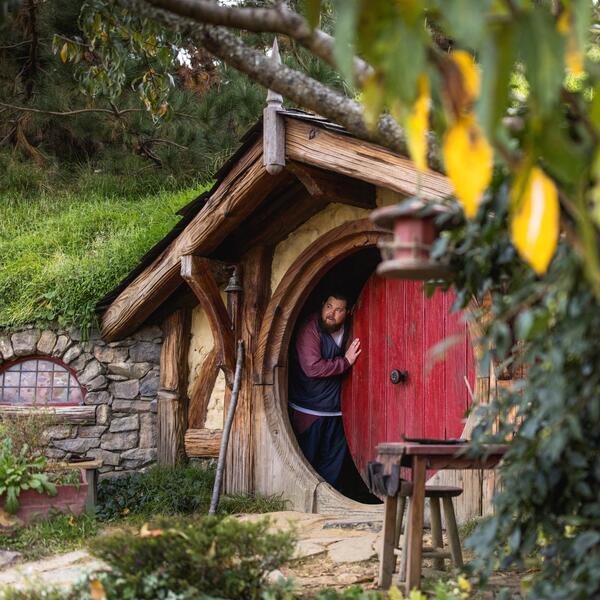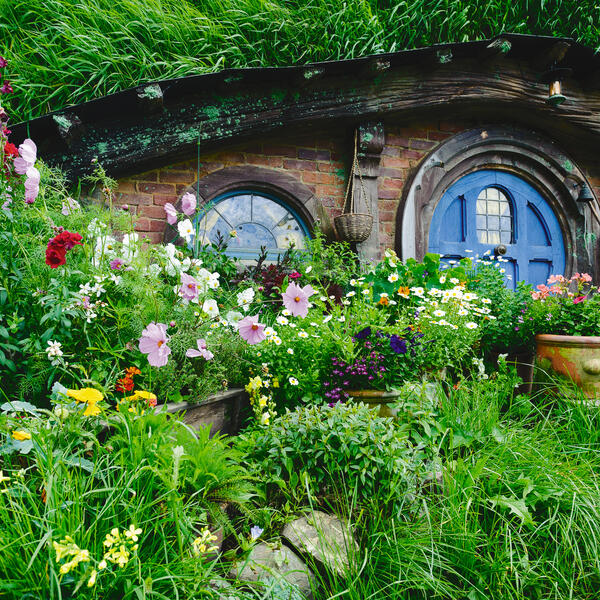You are viewing the International English edition.
Kia ora. You are visiting the International English edition of newzealand.com.
-
Popular places to visit
Popular things to do
Helpful tips
Here's a few useful links to help with planning your trip to Aotearoa New Zealand.
-












































